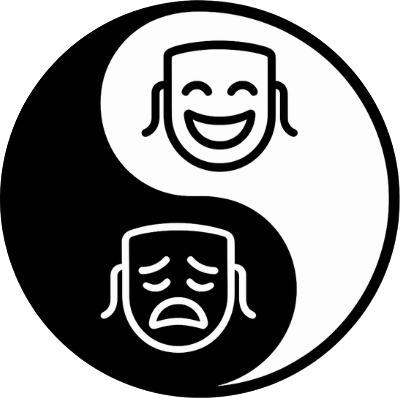The Game-Changing Headshot Shoot
"A picture is worth a thousand words", goes the adage. In our case, a picture could also be worth a thousand dollars of work.
We all know actor headshots are an important investment. Our headshot is the first – and sometimes last – chance we get to pique the interest of casting and production.
Given how critical headshots are, it makes sense to be strategic.
Below, we'll outline an approach that has been worth its weight in gold. It's not a tactic we need to deploy all the time, but simply having a second strategy puts us far ahead of the crowd. To quote another adage – this time from the US Navy SEALs – "Two is one and one is none".
And because err'body loves a good Easter egg, we've popped one at the end for those who stick around.
Backed by science; built for the stage and screen.
👊 Actors:
Get evidence-informed insights and strategies to support your performance and well-being. Join the Dojo e-newsletter tribe and make thriving your reality.
🧭 Drama schools & Production companies:
Bring pioneering, research-backed coaching into your classroom or rehearsal room. Let’s talk about supporting your actors to perform at their peak – and stay well in the process.
Why bother changing the game?
Usually, when we go to book a headshot session, we're doing so to update the one we're currently using. And – for the most part – the one we're currently using (and therefore updating) is our "hero" shot.
Our hero shot is the image we imagine will bag us the biggest role we're capable of embodying. The main character. The face on the poster. The name in lights.
We all need a hero shot. Absolutely. That's just a given. And we're right to update this as and when it needs updating.
However, most of us aren't always playing the lead – and if we are, we're seeing these characters become less and less vanilla by the day. As a result, it's now wise to have a couple of "character" shots up our sleeve. In this way, instead of casting or production having to superimpose their character onto our hero shot, we can – where appropriate – submit an alternate that already hits the bullseye, stacking the odds in our favour from the get-go.
So, instead of performing the same headshot routine every few years, why not dedicate our next to solely nailing a character or two? Doing so could be as game-changing for you as it was for us.
How the game can be changed
It's important to highlight that we aren't talking character character. Although cosplay is a noble pursuit, it's not the look we'll be going for here. Instead, we like to think about this strategy as capturing an everyday person in their everyday life. For instance, a mum at home, a university student on campus, a working professional on their lunch break.
They're "character" shots because they'll be used to target supporting or peripheral roles. Not because we're dressed as Sailor Moon or Pikachu.
The temptation will be to revert to snagging another pretty hero shot, so we'll need to keep our mission top of mind. To make this process as efficient and effective as possible, we've created a game plan to ensure we do just that:
- Define. To start, we'll review all submissions and auditions from the past six months to a year (depending on how busy we've been). If we have an agent, it can be insightful to go through this with them too. Are there any patterns in roles we've regularly been put up for but haven't booked? Highlight one to three characters we'd like to increase our success with.
- Envisage. From here, we'll build either a physical or digital vision board/collage that will serve as our north star. Divide the page or poster into sections – one for each character we'll be capturing. Then, in each of these sections, pull together images that reflect the clothing, hair, and makeup, corresponding locations, and most importantly, what we'd like the final headshot to ultimately look like.
- Engage. We'll now find ourselves a photographer. We'll need to be super clear in communicating the specific purpose of this shoot, so attaching our collage can help. Most photographers will find this request fun (it fleshes out their portfolios too), although a handful do seem to be hero-shots-only.
- Schedule. Next, we'll get a date in the diary, and – if possible – arrange to shoot outdoors. This will add to the "real person" feel, and allow us to be seen in natural light and surroundings. The "golden hour" (just before sunset) is ideal, but mornings can work well too. We'll also want to schedule buying/borrowing any necessary items, as well as flag hair/makeup/shaving requirements.
- Shoot. Finally, we'll hit up our shoot and commit to enjoying it – this particular one if no other. To keep our intention on lock, we should refer to our vision board frequently throughout and only move on to the next look when we're confident we've got the first in the can. To get those character vibes flowing, we can play a song/album/playlist as accompaniment.
Armed with our final edits, we'll now have options. We'll now be in a position to submit the most on-target image for each submission, significantly skewing the odds in our favour. Sometimes this will still be our hero shot, at others, definitely one of our character shots.
Either way, this is a tremendously empowering position to be in, and that alone is worth the investment.

Easter time! Here's real-life examples of this strategy in action and the results it generated.
Character 1: Country Kid
Inspiration 👉 Result
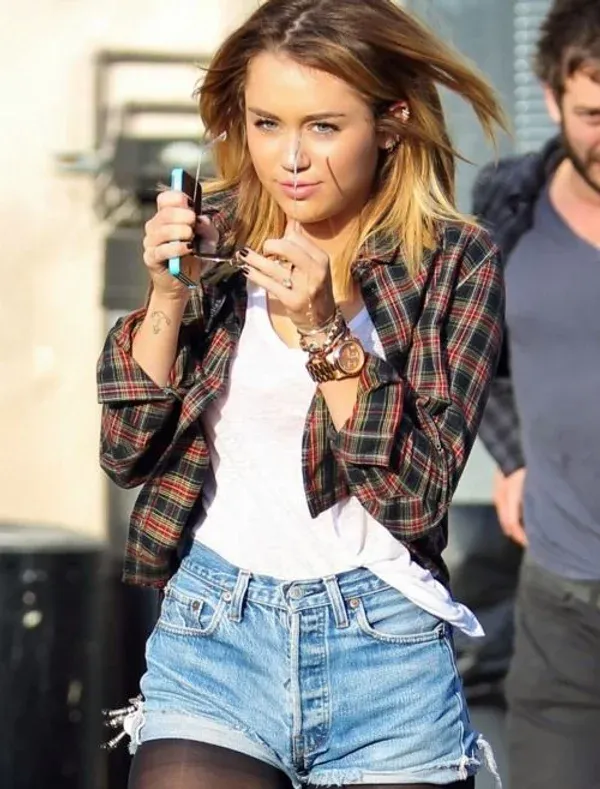
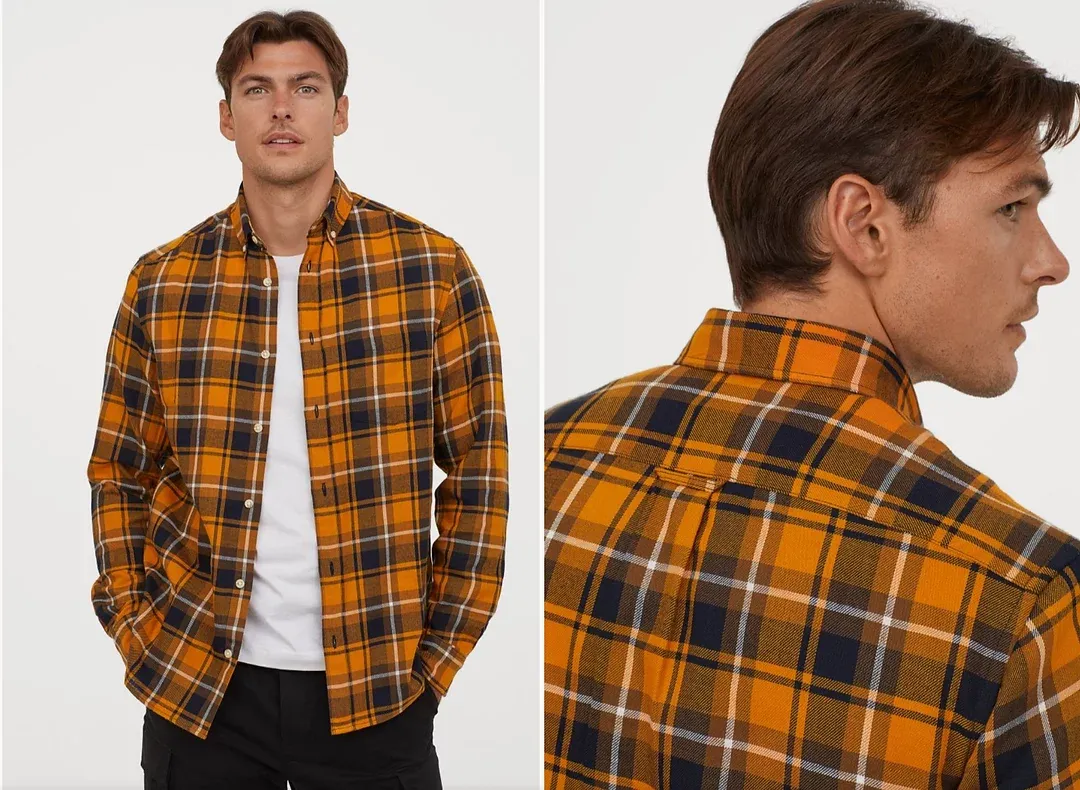
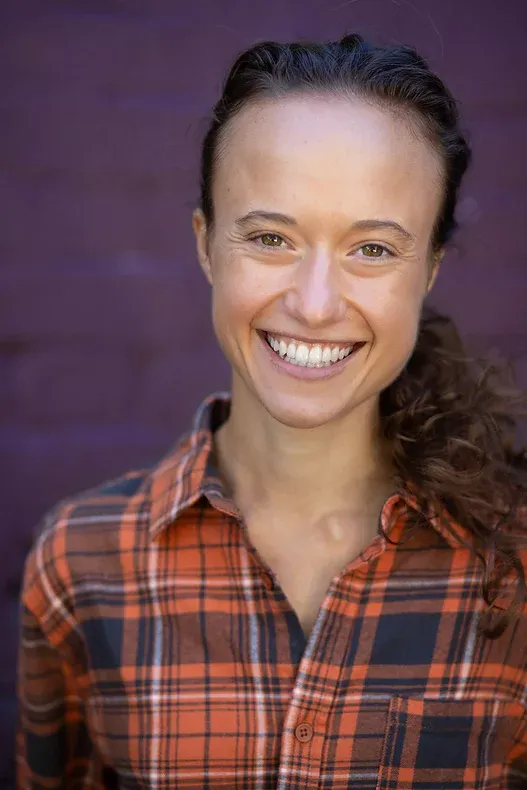
Character 2: Young Intellectual
Inspiration 👉 Result
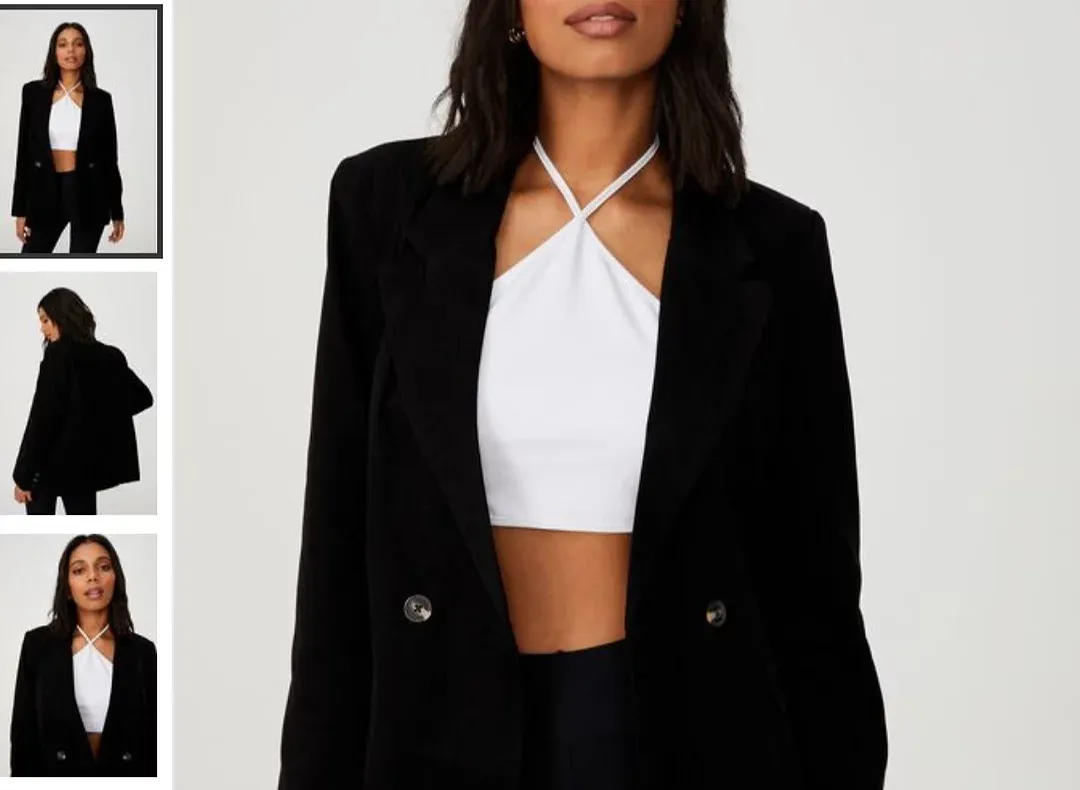
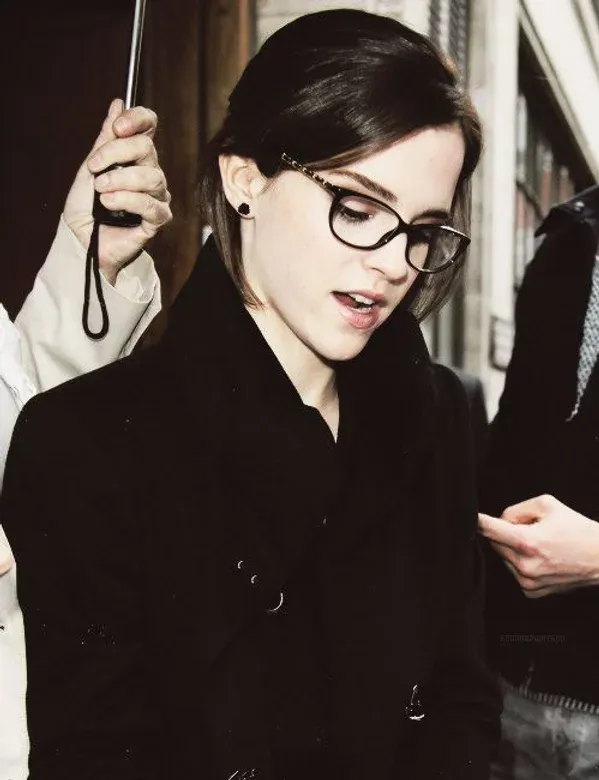
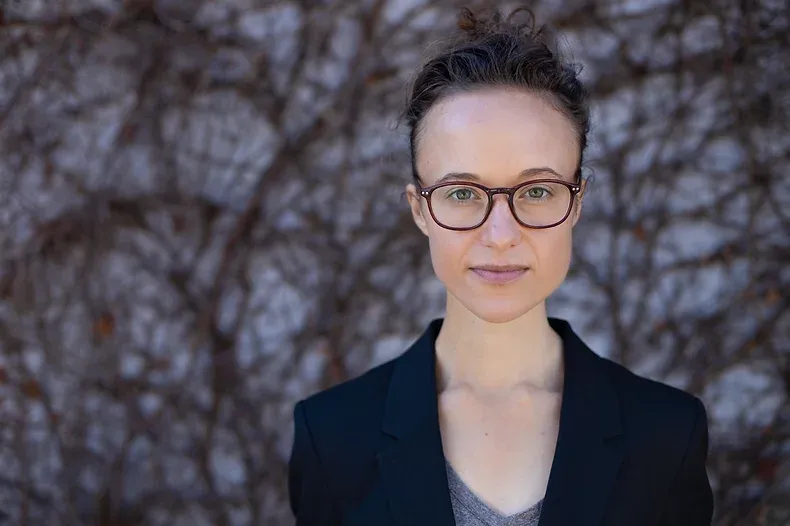
Character 3: Fighter Chick
Inspiration 👉 Result
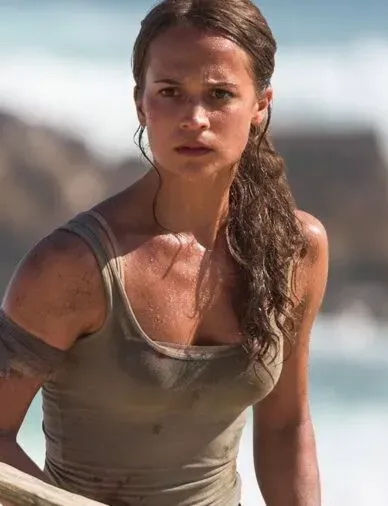
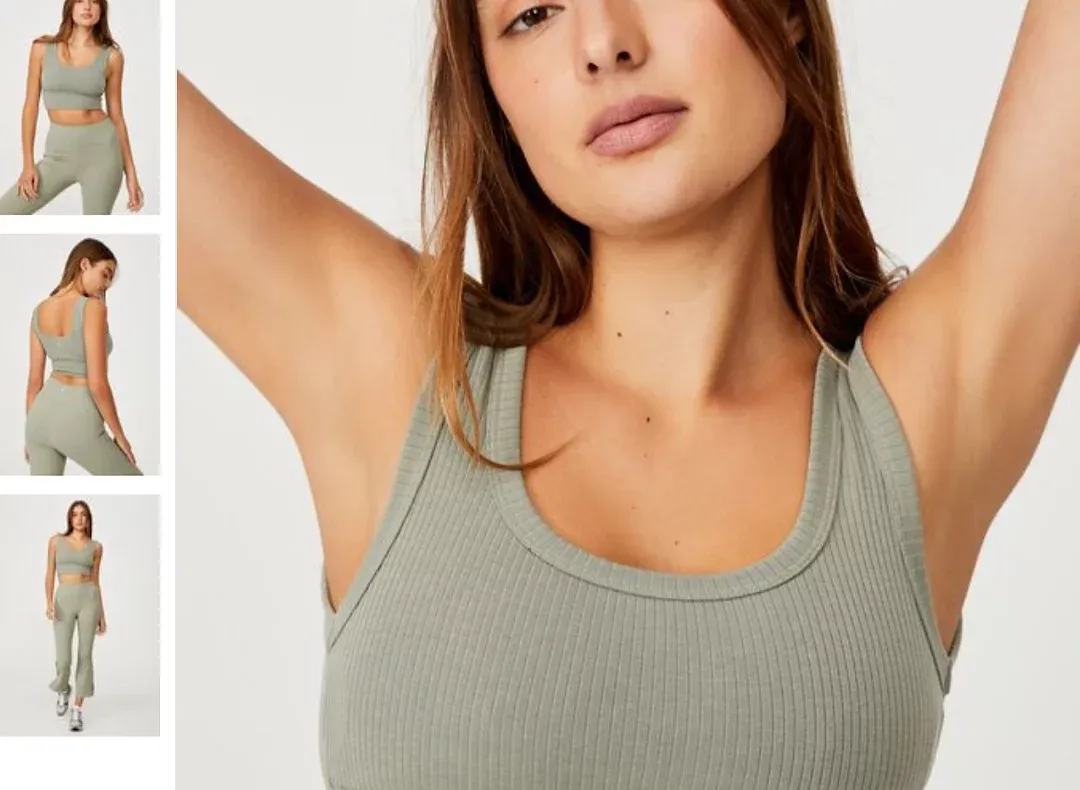
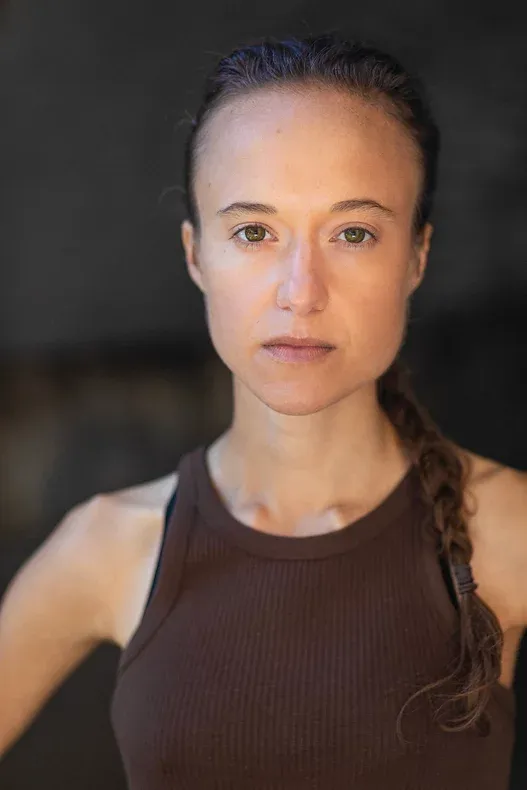
Love what you’re reading? Help us keep it flowing. Donations support the research, writing, and free sharing of evidence-informed tools for actor performance and well-being. Every dollar fuels our mission to make thriving a reality for actors everywhere 🔥
